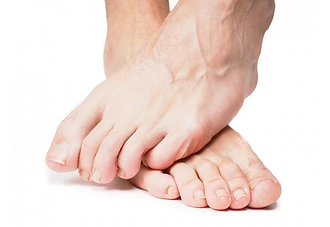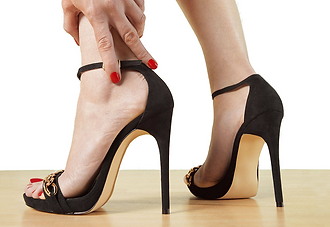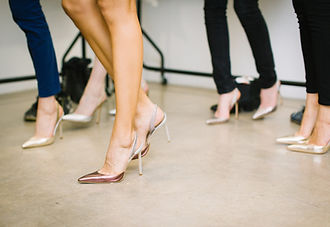
Ankle Sprain
More than 25,000 people sprain their ankles every day, according to the American Orthopaedic Foot and Ankle Society. Ankle sprains are caused by an unnatural twisting or force on the ankle bones of the foot, often resulting in one or more ligaments on the outside of the ankle to be stretched or torn.
Athletic Foot Care
Whether you are a professional athlete or play sports just for fun, the demands made on your feet and lower limbs can lead to a range of injuries, including blisters, sprained ankles, torn ligaments, shin splints (leg pain), knee pain, low back pain and other joint or muscle problems.
Numbness
Numbness or tingling of the foot or feet is an abnormal sensation caused by an alteration in sensory nerve function in the foot. Sensations are carried from the extremities of the body to the brain via neurons in the spinal cord. If the blood supply to the nerves is decreased, it can produce the feeling that “my foot fell asleep”.
Orthotics
Orthotics are shoe inserts that correct an abnormal, or irregular, walking pattern. Generally called arch supports, orthotics allow people to stand, walk, and run more efficiently and comfortably.
Podiatrists sometimes prescribe orthotic devices to correct an abnormal walk, or gait, and often for patients following surgery...
PAD - Peripheral Arterial Disease
Commonly referred to as poor circulation, Peripheral Arterial Disease (PAD) is the restriction of blood flow in the arteries of the leg. When arteries become narrowed by plaque (the accumulation of cholesterol and other materials on the walls of the arteries), the oxygen-rich blood flowing through the arteries cannot reach the legs and feet...
Warts
Warts affect over 3 million people per year and is considered very common. Warts are actually an infection in the top layer of skin, caused by viruses in the human papillomavirus, or HPV, family. When the virus invades this outer layer of skin, usually through a small scratch, it causes rapid growth of cells on the outer layer of skin which created the wart.
Wounds
Foot wounds can lead to infections and can become increasingly difficult to treat treat due to the biomechanical complexities and underlying circumstances that cause the infections. Infections typically follow a traumatic event or tissue loss, bacterial growth, or both...Learn More
.png)
.png)











































